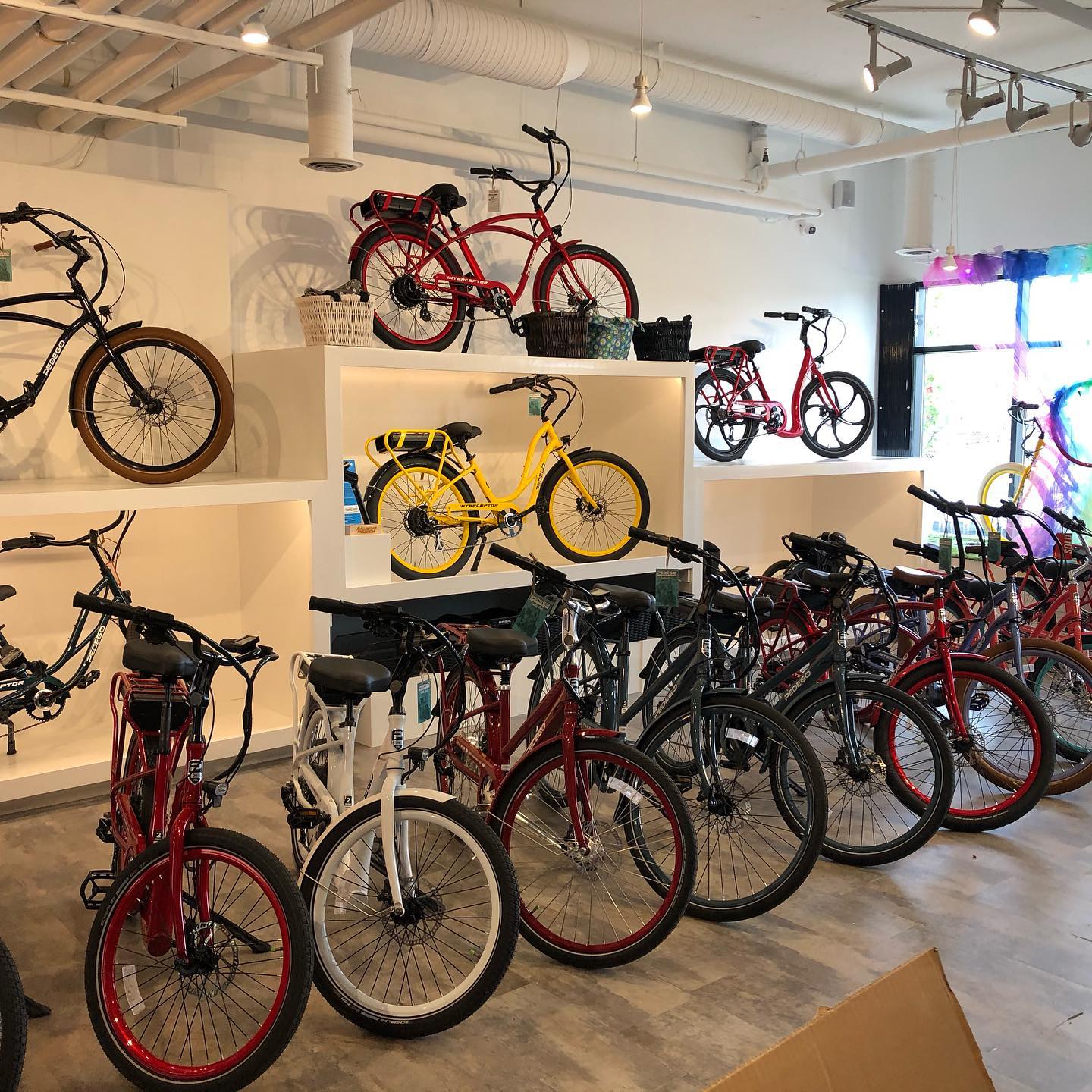this is a long-term document, to act as a guide for smaller proposals and actual projects to follow. it has very little by way of design guidelines, and none of the proposed routes are actually funded or really committed to beyond being a map. This document guides any actual plans and construction, like neighbourhood renewal, which often serves as a vehicle to add bike infrastructure. So yeah, the scope is huge here, but the idea is coordinate smaller moves later on. One thing i will advocate for though is bike usage in suburbs. to cut a large tangent short, there is a lot of cycling already happening in these areas, and improving connectivity to jobs and the rest of city would help take this activity from a passtime or aspiration mode of transport to a feasible one. it seems futile to focus on suburban biking now, but i think there is more potential than we think.
@DutchBoy I say that based on my experiences with them here in edmonton. the split lanes we have here are 4' wide, so you ride single file, often with a sidewalk on one side and parked cars (door risk) on the other. the narrow width means you can't pass anyone, meaning you get stuck behind slow people. I myself have been passed a few times on 76 ave (the split direction lane i use most) by more experienced riders, riding with traffic. they ought to be riding in the lane, but the lane gets them stuck behind slow people, so they don't. Th narrower lanes make the bike lane less useable to other traffic, like mobility scooters and specialty bikes, again due to how narrow they are. It's becoming common to see people in motorized wheelchairs, joggers with strollers, and other traffic of the like in the bike lanes because sidewalks are too narrow/curb cuts too awkward. this traffic isn't accomodated well in the single-file lanes, and if a bike comes up behind them, the bike can't pass safely. the split lanes also result in having a bike lane to the right of traffic in both directions, often with less of a median in between, reducing visual cues that the bike lane is there. with right-on-red legal here, a lot of drivers will cut out across the lane, not noticing it's there. the bi-directional lanes, being wider and more visible, aren't as susceptible to this. lastly, the split lanes bugger with traffic more. they often shut down parking on both sides of the street, inconveniencing residents more than the lane being on one side would. split lanes also mean bus stops on both sides of the street need to be elevated, the lane jogged, etc, with only 4'-5' of extra space to made available, rather than having a full 8'-10' lane for transit riders and cyclists to wait/negotiate within. the bus stops end up crammed into the already narrow lane. In short, i find them inconvenient as a cyclist, less of an asset to other users, and more difficult to navigate quickly and safely compared to a wider bi-directional lane. no solution is perfect, i know, but i prefer the bi-directionals.





